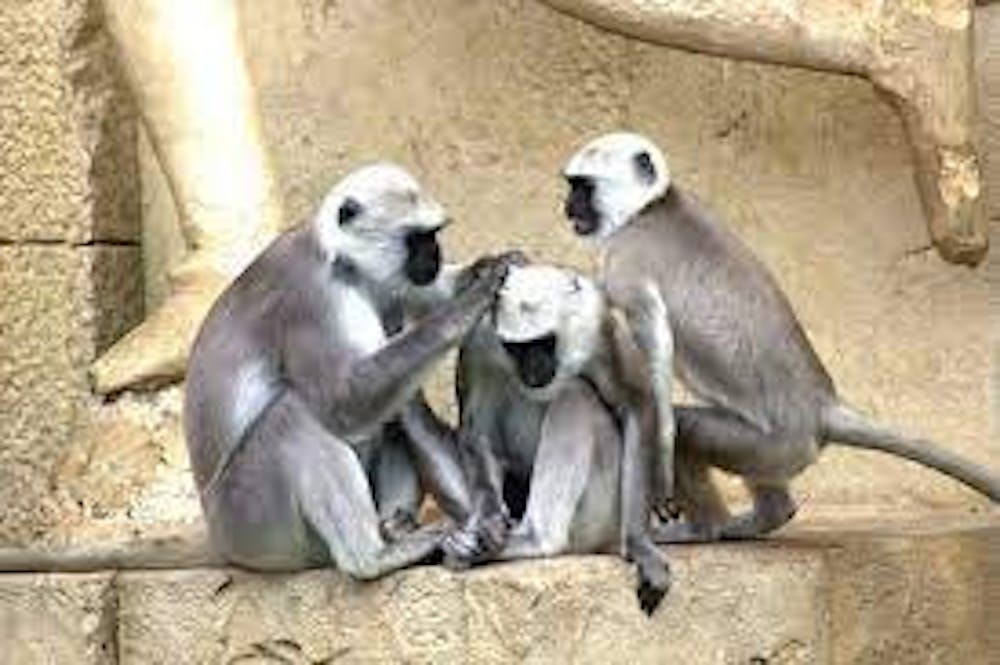With Thanksgiving approaching, we can all take a moment to be grateful for the beauty of scientific discovery. This week has brought images from the Euclid Space Telescope, biological chimeras and yet another superconductivity controversy.
Scientists shed light on a mysterious galaxy type
Galaxies come in a variety of shapes and sizes, ranging from spiral to elliptical and everything in between. Among these are ultracompact dwarf galaxies (UCDs), which are small, dense collections of stars. While UCDs resemble globular clusters — dense groups of stars within larger galaxies — or the active galactic nuclei found at the centers of galaxies, UCDs exist without surrounding star systems and have been difficult to explain. To understand how they form, a team based in China used data from ground-based telescope studies to focus their attention on the Virgo Cluster — a cluster of approximately 1500 galaxies including UCDs. Mindful of the similarities UCDs bear to galactic nuclei, they hypothesized that UCDs start off as dwarf galaxies within galactic clusters that then lose their outer stars over time as the larger galaxies around them pull the stars away.
As they pored through the data, they discovered multiple “missing links” that helped confirm their hypothesis, including dwarf galaxies in the process of losing their outermost stars, leaving them with just the compact nucleus. Although their analysis was limited by the resolution of ground-based telescopes, newer space telescopes hold promise for even more research into how these enigmatic objects form and evolve.
Superconductor research retracted
For many decades, room-temperature superconductors have been a holy grail of materials in science research, repeatedly attracting media attention. Superconductors, materials able to conduct electricity without any resistance, could be central to future developments in many research fields, including particle colliders and nuclear fusion reactors.
Although many materials are known to be superconductive when cooled to prohibitively low temperatures, the hunt is still on for room-temperature and pressure superconductors. Earlier this year, a team based out of the University of Rochester published a paper claiming to have discovered such a compound. However, after other researchers proved unable to recreate key findings from the study’s data and public criticism grew, Nature launched an internal review of the paper that ultimately led to its retraction. The author, Ranga P. Dias, denies any wrongdoing, but critics point out that it is his third paper on the topic to be retracted and that eight of the paper’s 11 authors requested its retraction, alleging that the data was misrepresented. So, for those wanting to use room-temperature superconductors, the wait is still on.
Euclid Space Telescope releases first images
While scientists at the Space Telescope Science Institute pore over the remarkably precise images of the cosmos captured by the James Webb Space Telescope, the European Space Agency has reached a major milestone in its own imaging project: the Euclid Space Telescope. The telescope released its first full-color images since the satellite’s July 1 launch. The images include new views of classics such as the Horsehead Nebula and Perseus Cluster.
Unlike the James Webb Telescope, which was designed to be a precision imaging tool, Euclid is tasked with imaging large swaths of the observable universe in a six-year mission, aiming to create a detailed three-dimensional map of a third of the sky, including objects up to 10 billion light-years away. With such a map, astrophysicists plan to model the interactions between galaxies and shed light on the enigmatic dark matter that seems to make up most of the universe’s mass. Although final calibrations are still ongoing, the team hopes to start a scientific investigation early next year.
Monkey with induced chimerism born
A team of scientists in China announced that they have successfully created a chimeric monkey that survived live birth. Chimeras are single organisms containing multiple genotypes — that is, combinations of genetic material. In rare cases, chimerism occurs in humans when fraternal twin embryos fuse early on in pregnancy. The resulting fetus will have genetic material from both embryos and contain two distinct cell lines.
Research has already produced chimeric mice models, but, as mice and humans significantly differ, these have limited applicability to research. The team worked to do the same in monkeys, which are much closer to human subjects. They removed stem cells from one embryo and injected them into another embryo, which was then implanted in a female monkey. Out of 12 resulting pregnancies, six led to live births, one of which demonstrated significant chimerism.
While the study argues that chimerism provides the ability to create monkey models meeting the needs of specific experiments, not all are on board. Chimeras do not produce chimeric offspring, making it difficult to mass-produce them for studies. Additionally, animal rights groups have expressed concern about the ethics of such a study, pointing to the low success rate and the respiratory issues that led to the chimeric monkey being euthanized.





